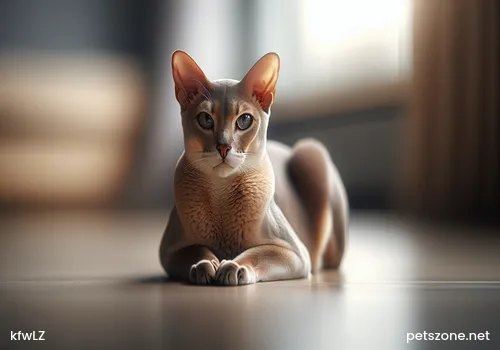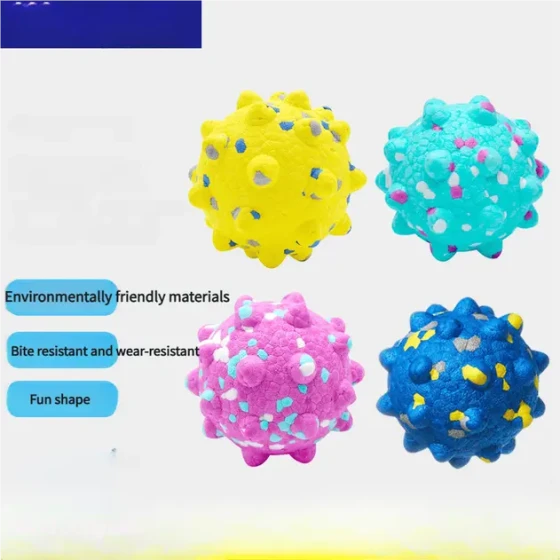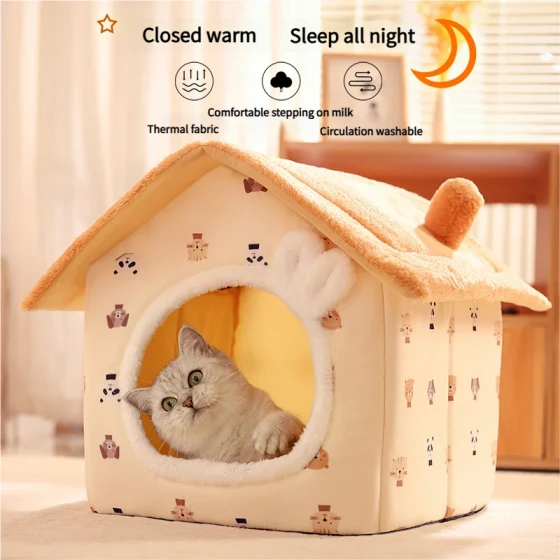Happy Growth: The Complete Record of the Four Stages of a Cat's Growth
Click the picture to go to the next page >>

Scottish Fold Cat
Exclusive article by PClady, please do not reprint without permission!
For life, there is the so-called "Four Joys," that is, "long drought meets sweet dew, meeting an old friend in a foreign land. The bridal chamber's candlelit night, the moment of topping the list in the imperial exam." For cat parents, a cat's life has four major events: cat birth, cat mating, cat pregnancy, and cat aging. Although there are surprises and expectations about life, as well as sadness and pain. However, every moment spent with cats is worth cherishing. While thanking cats for bringing joy, it is also necessary to let cats grow up with care.
The First Major Event in a Cat's Life: Cat Birth
1. In the first 6-7 days
Healthy kittens should be contentedly cuddled together sleeping, waking up only to nurse. Newborn kittens spend a lot of time nursing, possibly up to 8 hours a day, nursing every 3-4 hours for about 45 minutes each time. Most kittens quickly develop a preferred nipple and find it by smell. While nursing, they alternately "knead" their mother's breast with their front paws to stimulate milk flow. Adult domesticated cats often continue to "knead" their owners or a favorite blanket. If the mother cat stops nursing, she will stop producing milk within 3 days. A diligent mother instinctively keeps the nest and kittens clean, often licking the kitten's belly and bottom to stimulate bowel movements. When born, kittens' eyes are closed; they generally begin to open around the 8th day and are fully open by the 14th day. Short-haired cats open their eyes earlier than long-haired cats. All kittens are born with blue eyes; adult eye color begins to appear after 3 weeks and may take 9-12 weeks to complete the change. The kittens' ear canals are also closed at birth and start to open between days 5-8. Their soft little ears can stand up by the 3rd week.
2. In the second week
Kittens start to grow teeth and become stronger and more coordinated; they will begin moving around the nest to explore. Kittens usually start crawling by day 18, stand by day 21, soon begin walking, and can eat from a bowl. By the fourth week, they can control their urination and defecation somewhat and prefer to go outside the nest rather than dirty it.
3. By the 5th-6th week
Kittens want to eat what their mother eats and can learn to use the litter box. It is best to use ordinary cat litter for kittens, not clumping litter, as kittens cannot clean themselves well and often get clumps stuck on their bodies and bottoms. When cats groom themselves, they might ingest this litter, which can irritate their delicate stomachs.
4. Afterward
It is best for kittens to leave their mother after 8, even 10 weeks. This allows the mother time to teach the kittens necessary things, such as correct litter box use and grooming; it also gives kittens the chance to learn how to interact with others (cats) from their siblings, like not misusing claws and teeth and understanding appropriate force.
[Editor's Note] In the first week, try not to disturb newborn kittens and let the mother do all the care. You can talk to them gently. In the second week, you can briefly and gently touch or pick up the kittens; wait until they are a few weeks old and can move freely before handling them more. Excessive human interference can make many mother cats anxious.



-560x560.webp)

